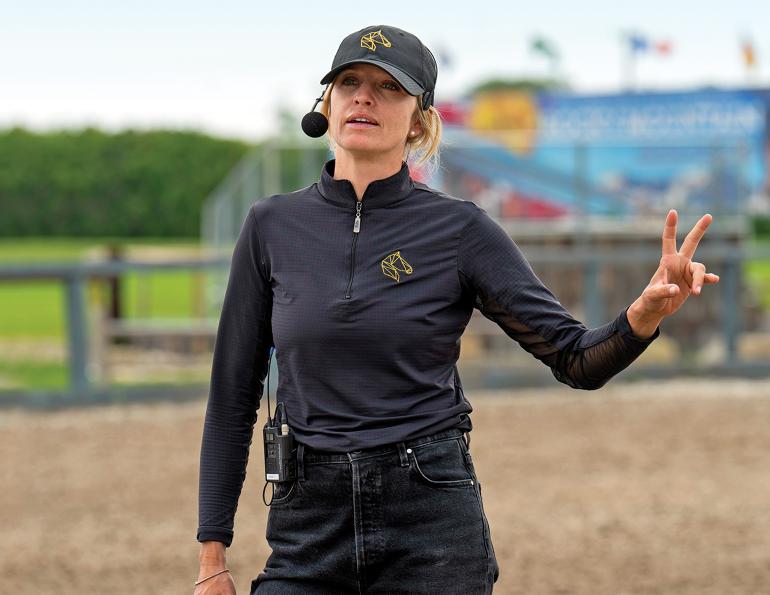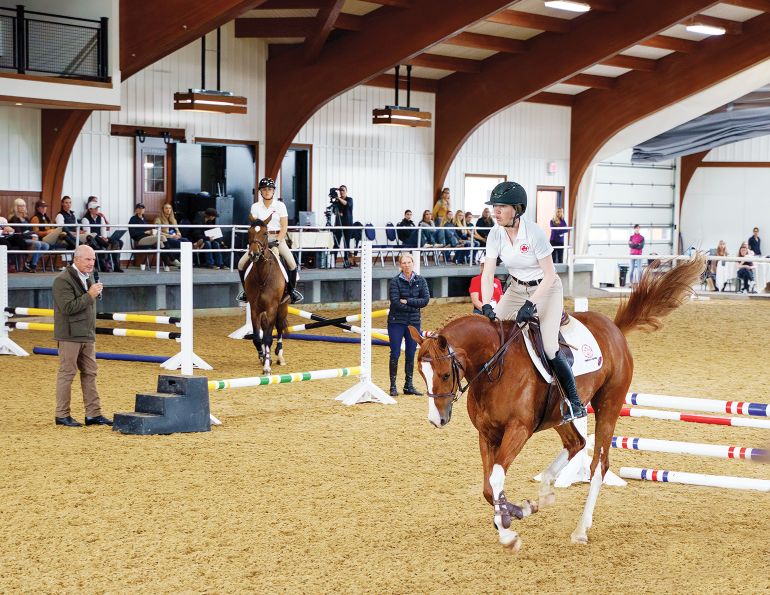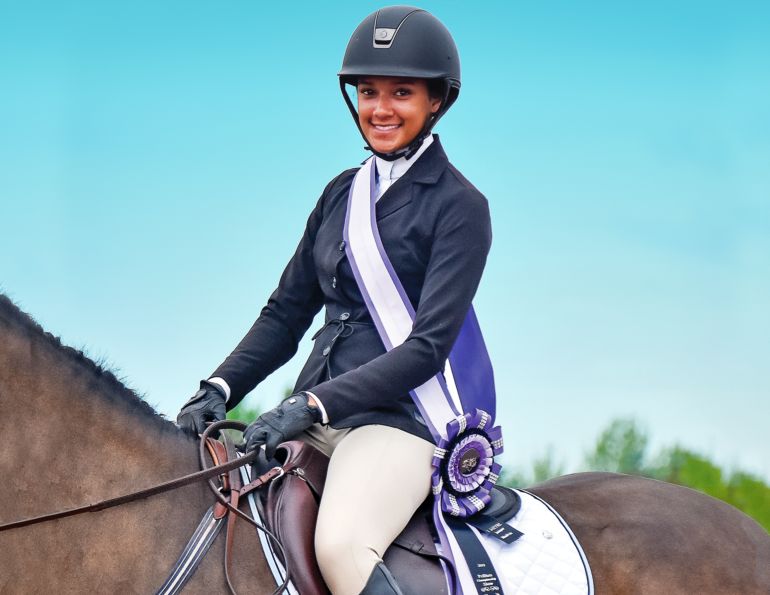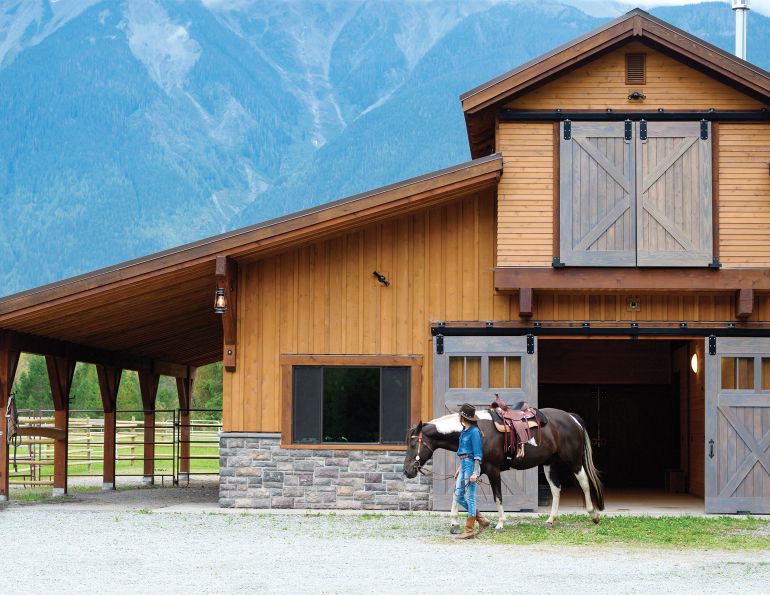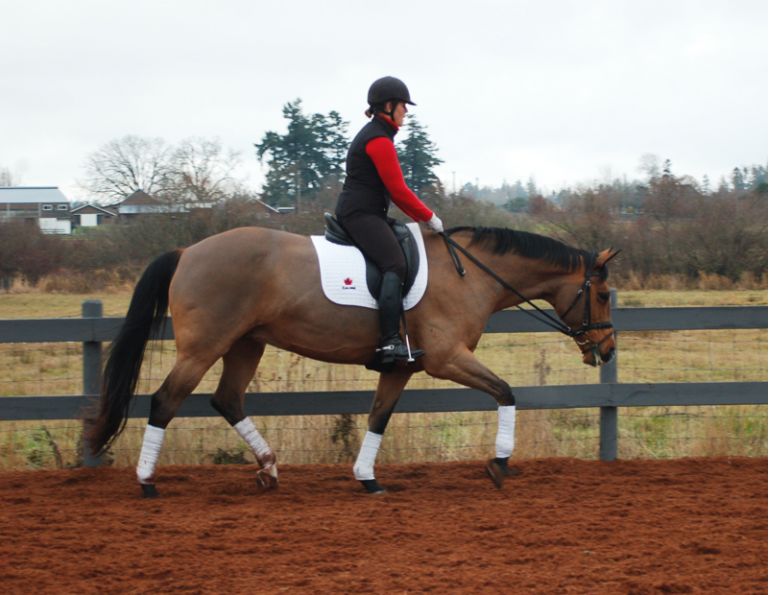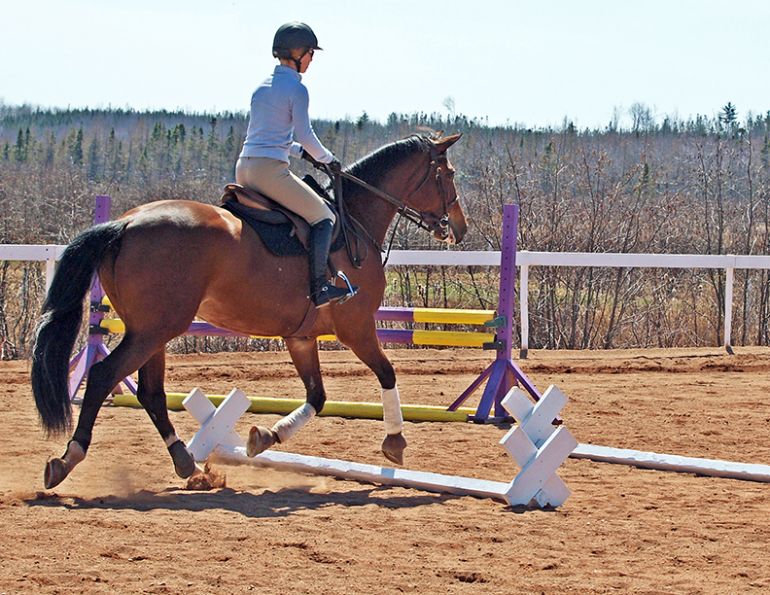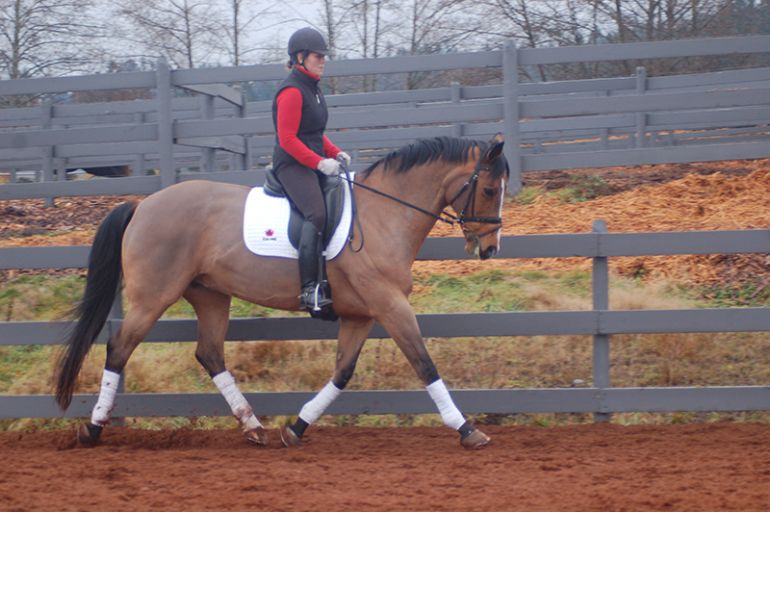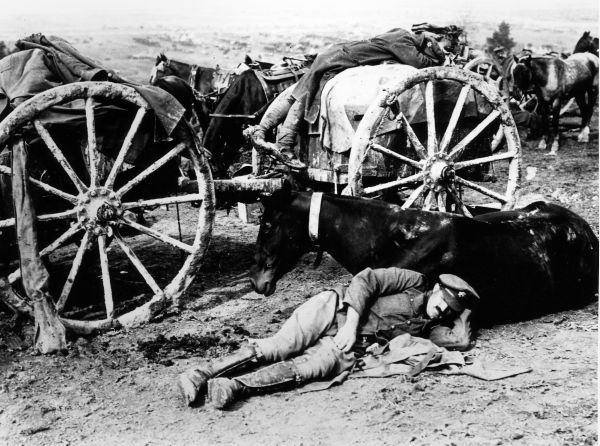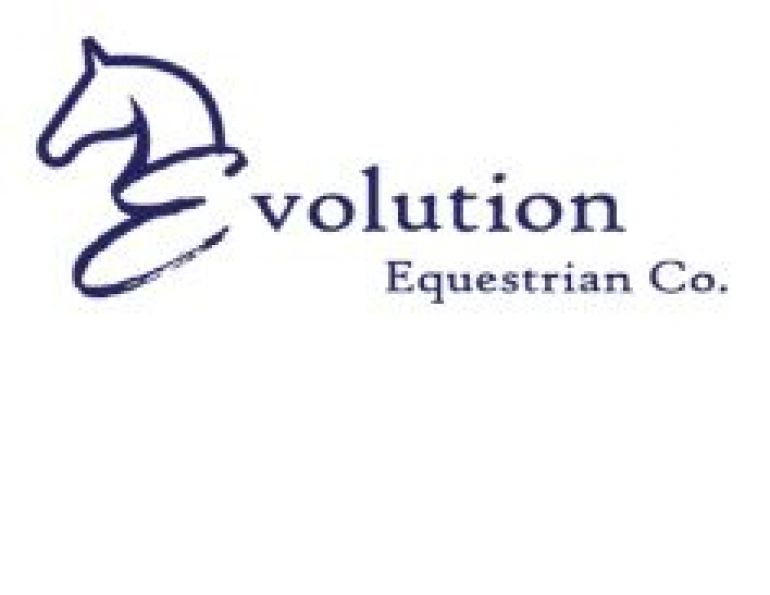By Tania Millen, BSc, MJ
“Show jumping is a sport of millimetres. You can’t wing it.” — Tiffany Foster.
Canada’s highest-ranked show jumper, Tiffany Foster, taught a symposium on July 10, 2023, at Rocky Mountain Show Jumping in De Winton, Alberta. The event was organized by the Alberta Chapter of the Canadian Sport Horse Association (CSHA) as part of their Countdown to a Century symposium series, which began in 2022 with John and Beezie Madden presenting The Madden Method. CSHA turns 100 in 2026.
“We’re trying to showcase our sport horses and breeding in Canada,” says Lisa Murphy, President of the CSHA Alberta Chapter. The organization defines “sport horses” as being horses capable of competing in dressage, hunter, jumper, or eventing. “I think it’s really special that this breed association and stud book has been around for almost a century. That’s longer than some European registries and I think it needs to be recognized.”
Strong Foundations
Foster had just finished a couple of successful weeks at Spruce Meadows in Calgary.
“I’m at an exciting stage right now,” says Foster. “I have my established string of horses that are pretty good at five-star grand prix level just about anywhere in the world. And then I have a group of nine-year-olds that are ready to take that next step. It’s a bit like ‘lines’ in hockey. I’ve got three lines of horses right now, so I’m in good shape.”

Participating riders were pre-selected by video, and horses had to be CSHA registered or approved. Photo: KimBerlie Photography
Foster is based in Langley, BC in the summer so she can attend North American shows. Her list of accomplishments includes being a Canadian Equestrian Team (CET) member at the 2012 and 2016 Olympic Games, 2014 World Equestrian Games, 2015 Pan American Games, and 2022 Fédération Equestre Internationale (FEI) World Championships where she placed 12th individually.
“If everything goes to plan and these horses continue to progress like they are, I will have a group [of horses] that will be competitive at the best shows in the world,” says Foster.
Foster doesn’t teach clinics very often but felt it was important to contribute to the CSHA initiative.
Related: Jumping Your Horse with Contact
“It feels like there’s a disconnect between high performance show jumping and everybody else,” says Foster. “When riders are over in Europe, most people don’t get to see top Canadian riders. So, we’re trying to do a bit more in Canada and give back to the show jumping community.
“Nowadays, the jumper world is extremely sophisticated,” she says. “Gone are the days when you could go out there and hope for the best. The courses are very connected.
“These really technical tracks can be as complicated as you want to make them,” she explains. “The more data that you can process during your round, the better your course is going to go. So, you have to train your brain to be able to think about a lot of things at once. All of that takes practice. It’s like any other sport — you’ve got to do reps.”
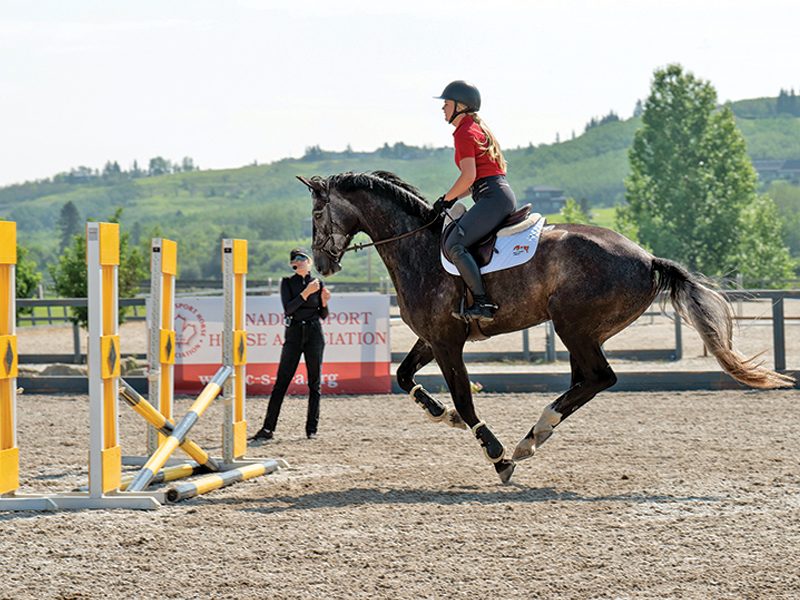
Above/Below: Today’s jumper world is extremely sophisticated, says Foster. Riders and horses must be prepared, and it takes a lot of practice. Photo: KimBerlie Photography

Foster is ranked 49th on the Longines FEI Individual Rider Ranking list and when asked about the dearth of women ranked in the top 50, here’s what she shared.
“If you look at the top 10 riders in the world right now, their average age is over 40. Some of the best in the world are in their fifties. That’s a testament to how long it takes to get good at this sport. It’s a really long game compared to the athletic window in other sports. I think that shows how much of a mental sport show jumping is; how much experience counts. It takes forever to learn and perfect.
“But what do most women have to decide before they’re 38 years old? Whether they’re going to have a child. They have to stop for a year and get going again in their forties. That’s hard to do. So, I think choosing to have children knocks out 80 percent of the women who are on their way up in the sport. I don’t think it has anything to do with skill or physical strength.
“Men don’t have to make that choice. If they want to have a family, they can still keep going with their career.”
Principles For Success
During the symposium, Foster shared her underlying principles, plus exercises to help consistently improve competitive performances.
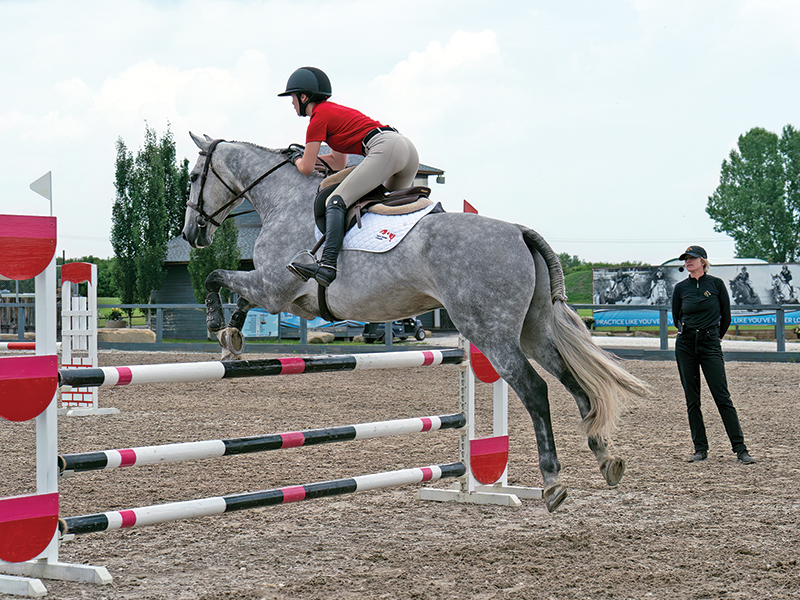
Jamie Hilton was aiming to work on straightness and adjustability with her 2009 grey gelding, Leandro. Photo: KimBerlie Photography
“The horses have to have a lot of adjustability and rideability,” says Foster. “You can’t enter a big course if you can’t do something: add or leave out a stride; ride to a fence off a short approach on the left or right lead. If there’s something you can’t do, some course designer is going to call you on it. So, if you start by educating young horses about the right way of doing things, then you form a foundation that will be there when you need it.
Related: Routines for a Balanced, Engaged Horse
“Our job as a rider is to communicate what we want the horse to do,” says Foster. “Horses will be more willing, open, and receptive if everything is positive. If we ever have any pushback from our horse, it’s our fault. It’s never the horse’s fault.”
The 11 symposium riders were split into three groups: young horse development, jumper development, and equitation/medal preparation. Many of the demonstration riders were under age 25 with extensive achievements; most were women. They didn’t pay a fee for the clinic but were pre-selected by video and their horses had to be CSHA registered or approved.
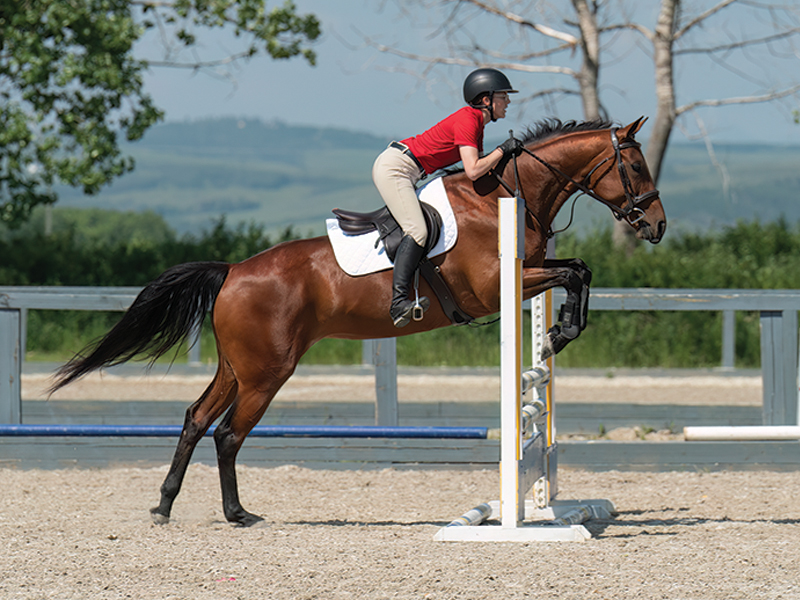
Above: Foster believes young horses must be educated in a positive manner and given a chance to understand the exercise. She says any pushback from the horse is always the rider’s fault. Photo: KimBerlie Photography
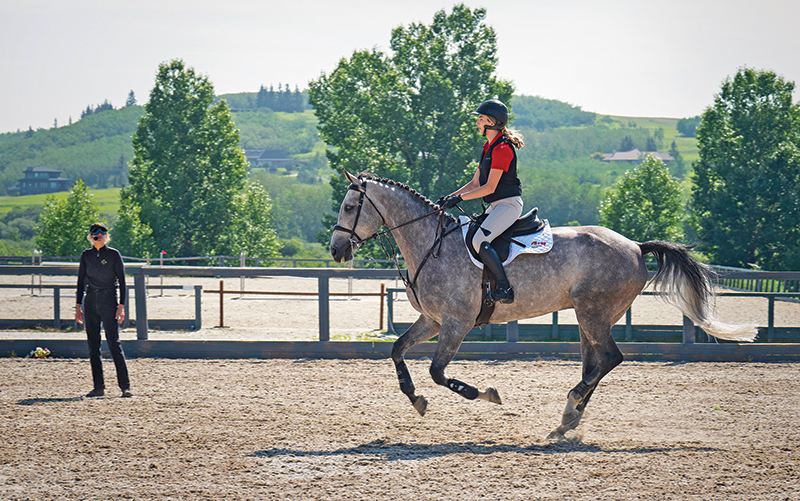
Above: The rider’s job is to clearly communicate what we want the horse to do. Foster urged riders to think about the little things they can do to create a successful course. Photo: KimBerlie Photography
“I hope to get new things to work on,” said Jamie Hilton, who rode Leandro, her 2009 grey gelding by Landkonig. She’s currently competing in the 1.15 metre jumpers, hunter derbies, and CET Medal classes and was hoping that Foster could help with straightness and adjustability.
“I want to work on lead changes and putting the pretty picture together for the equitations,” said Alyssa Gillis, who rode her own Maddam VF, a 2017 bay mare by Messenger VF.
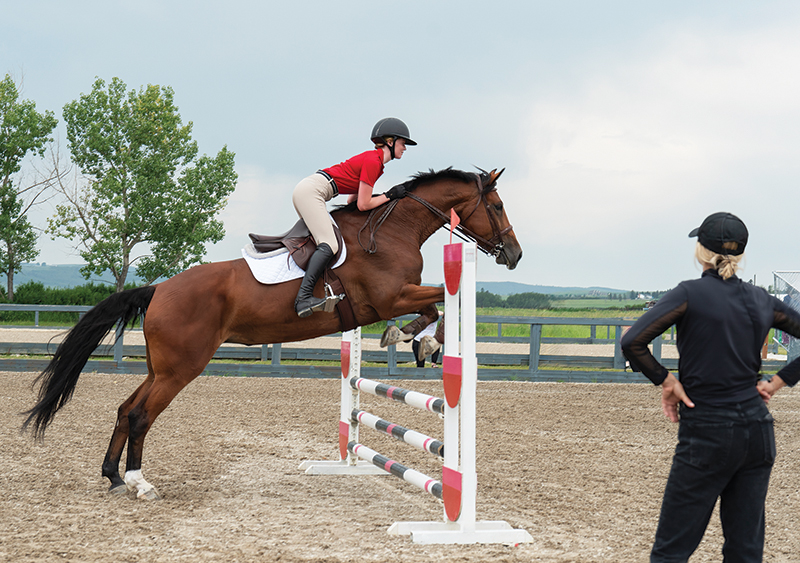
Alyssa Gillis’ goal was to work on lead changes and preparing for equitation with her 2017 mare, Maddam VF. Photo: KimBerlie Photography
Below: Foster stressed that horses must have rideability and adjustability. She says rideability teaches the rider to control their mind. “You have to train your brain to be able to think about a lot of things at once.” Photo: KimBerlie Photography
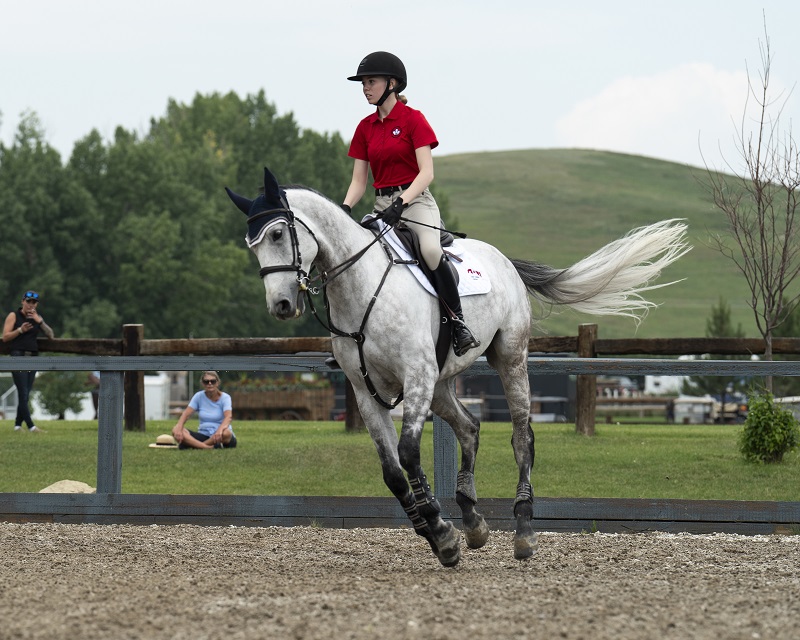
Each of the three classes started with the same exercise: cantering two poles on the ground that walked in four strides but were ridden in five or six strides.
“A huge part of rideability is forward and back,” says Foster. “It’s the hardest thing to get.
“Rideability is beneficial for riders, too,” she says. “It teaches us to control our minds. When the correct distance doesn’t show up, stick to the principle of the exercise. It’s a short exercise [short canter strides] so wait for the short one, don’t go for the long one. That confuses the horse.”
Related: Collection for the Jumping Horse
The second exercise was a series of three poles on the ground which walked as a shorter four strides to a normal four but was ridden as five and five.
“I don’t go to a show until I can do this perfectly,” says Foster. “Otherwise, I won’t be able to do half the questions that the course designer will be asking in the ring.”

Foster stressed the importance of forward and back. “Courses ride forward then short, forward then short. I don’t go to a show until I can do this perfectly,” she explained. Photo: KimBerlie Photography
Foster explained that she starts with poles so she doesn’t wear out horses, yet riders can still get lots of practice.
“With poles, we have a huge margin of error,” says Foster. “When you’re on the half stride, you can stick to your principle. You can chip [stay with the short stride] easily.”
She also asked riders to do trot changes after the lines, rather than flying changes, as that teaches horses to always come back for the change.
The riders then completed the exercise as little jumps.
“Stay committed to fitting in the shorter strides,” says Foster. “Don’t give yourself another option. Don’t change your ride. Give the horse a chance to understand the exercise.”
Then they moved on to simple course work.
“Think about little things you can do to help create a successful course,” says Foster. For example, start on a lead that the horse likes and will land on after the first fence.
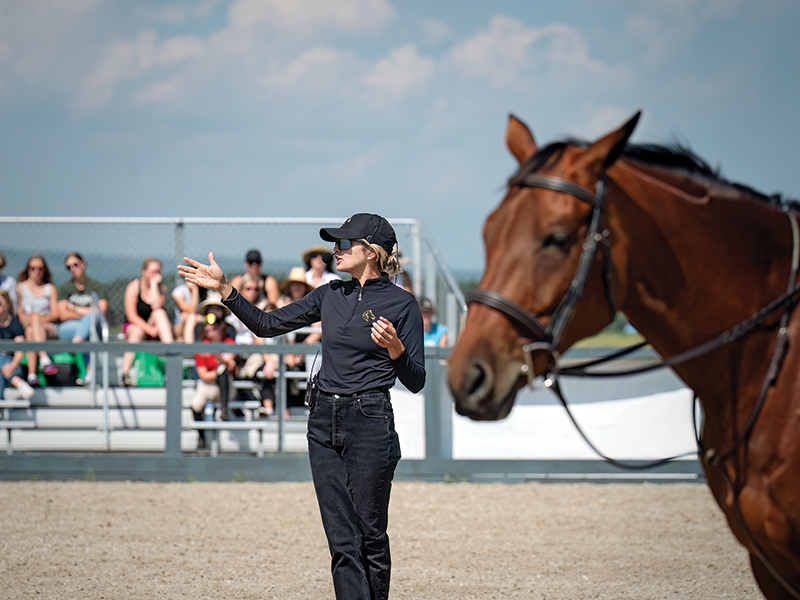
Tiffany Foster is currently Canada’s highest-ranked show jumper, at 49th on the Longines FEI Individual Rider Ranking list. Photo: KimBerlie Photography
Some other comments Foster made include the following:
“If you have a contained stride, don’t go for a long takeoff.”
“When you move forward for a longer distance, don’t throw your hands, body, and everything at the horse. Just send with your leg.
“Open them up, then finish with a short exercise. Courses ride forward then short, forward then short. Whenever there’s something long like a water or triple bar, there will always be a skinny or double oxer afterwards. We’re always working on this.”
Regional pony clubbers helped set fences while listening to Foster’s advice and one pony clubber was overheard saying, “She makes riders think. She’s helping them make a program for their own horse, not just telling them what to do.”
Foster’s teachings were quiet, confident, and well-received.
“She’s kind, positive, and mindful of the young horses,” says Murphy.
Although only a one-day event, the CSHA has more planned.
“Hopefully Daniel Coyle is going to present for us in 2024,” says Murphy, explaining that although Coyle is Irish, he rides and breeds CSHA horses. “I have a big yes from Kent Farrington for 2025, but I’m not sure who we’ll have for our centenary in 2026.”
Regardless, from the line-up and learnings to date, western Canada’s show jumping community is sure to benefit.
Related: Dressage Symposium with Christoph Hess
Related: The Madden Method Symposium
Main Photo: KimBerlie Photography



